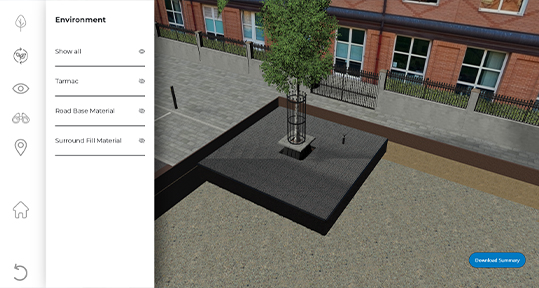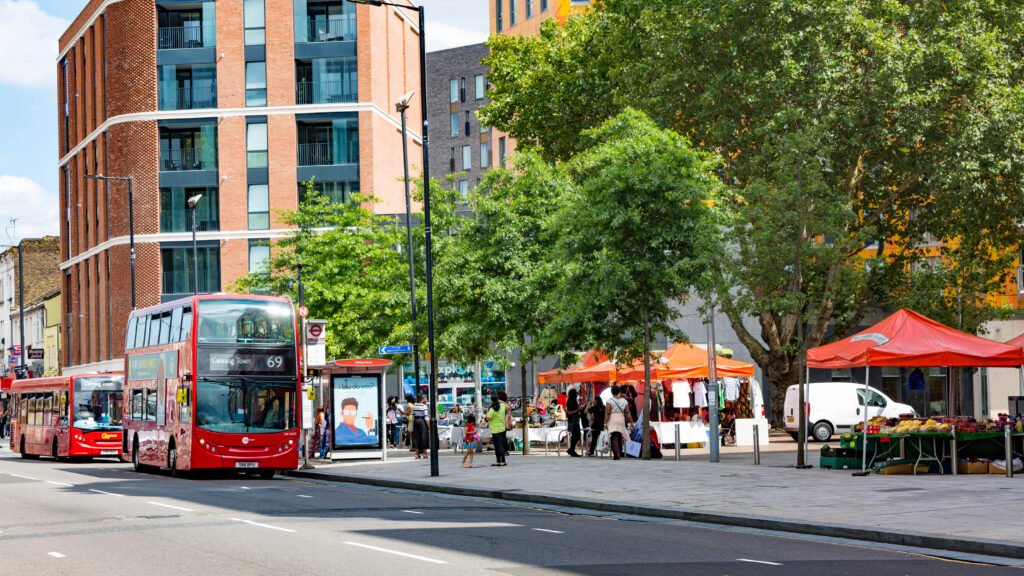Bruges, located in North West Belgium has a history of suffering from stormwater events due to its medieval drainage system, canals and cobbled streets. The infrastructure was not originally designed to deal with the current population and hardscape engineering which has now adopted by the City Council.
Bruges, located in North West Belgium has a history of suffering from stormwater events due to its medieval drainage system, canals and cobbled streets. The infrastructure was not originally designed to deal with the current population and hardscape engineering which has now adopted by the City Council.
Alongside other canal-based northern cities, such as Amsterdam and St Petersburg, Bruges is often referred to as the ‘Venice of the North’. With it’s significant economic importance and beautiful historic features such as its fishing port, Bruges has become a popular tourism destination.
Therefore, improvements to vital stormwater infrastructure had become essential; the city’s perimeter cycleway was identified as an area where sustainable drainage features could be delivered sympathetically amidst the unique architecture within the city.
Project
Location
Contractor
Landscape Architect
Bruges, located in North West Belgium has a history of suffering from stormwater events due to its medieval drainage system, canals and cobbled streets. The infrastructure was not originally designed to deal with the current population and hardscape engineering which has now adopted by the City Council.
Bruges, located in North West Belgium has a history of suffering from stormwater events due to its medieval drainage system, canals and cobbled streets. The infrastructure was not originally designed to deal with the current population and hardscape engineering which has now adopted by the City Council.
Alongside other canal-based northern cities, such as Amsterdam and St Petersburg, Bruges is often referred to as the ‘Venice of the North’. With it’s significant economic importance and beautiful historic features such as its fishing port, Bruges has become a popular tourism destination.
Therefore, improvements to vital stormwater infrastructure had become essential; the city’s perimeter cycleway was identified as an area where sustainable drainage features could be delivered sympathetically amidst the unique architecture within the city.
Project
Location
Contractor
Landscape Architect
Project
Location
Contractor
Landscape Architect
Bruges has been a lead partner in the Interreg Cool Towns Initiative, a collaboration across Europe that has helped regional and local governments to develop and deliver better policy. The strategy of Interreg is to create an environment for sharing solutions and policy whilst implementing efforts to design a sustainable vision relying strongly on community participation, engagement and perception.
Hosting a pilot project specifically for tree planting in Bruges within their streetscape, GreenBlue were able to implement a large Arborflow RootSpace tree pit, and installing a linear drain, which is effectively the rainwater inlet into the tree pit, across the cycle path to intercept rainwater running down the slope towards the road. By designing such a sustainable attenuation tank in the form of a cellular structure capacity has the effect of diverting the water into the tree pit to benefit the tree and reduce surface run off going to conventional drains. The storage of the water within the soil means that when climatic conditions allow the tree will be able to Evo transpire significantly cooling the air and reducing the heat island effect.
Arborvents which sit directly over the RootSpace construction allow both water and air into the soil zone beneath. Installing 100mm Arborvent raised slightly in the planting bed allows water to first percolate into the soil around the tree pit, and only with extensive rainfall will the water then overflow down this inlet within the tree pit opening. This means that the surface gets properly watered and yet flooding is prevented. It is also an access point for irrigating the tree during dry spells and of course soil aeration.
Bruges has been a lead partner in the Interreg Cool Towns Initiative, a collaboration across Europe that has helped regional and local governments to develop and deliver better policy. The strategy of Interreg is to create an environment for sharing solutions and policy whilst implementing efforts to design a sustainable vision relying strongly on community participation, engagement and perception.
Hosting a pilot project specifically for tree planting in Bruges within their streetscape, GreenBlue were able to implement a large Arborflow RootSpace tree pit, and installing a linear drain, which is effectively the rainwater inlet into the tree pit, across the cycle path to intercept rainwater running down the slope towards the road. By designing such a sustainable attenuation tank in the form of a cellular structure capacity has the effect of diverting the water into the tree pit to benefit the tree and reduce surface run off going to conventional drains. The storage of the water within the soil means that when climatic conditions allow the tree will be able to Evo transpire significantly cooling the air and reducing the heat island effect.
Arborvents which sit directly over the RootSpace construction allow both water and air into the soil zone beneath. Installing 100mm Arborvent raised slightly in the planting bed allows water to first percolate into the soil around the tree pit, and only with extensive rainfall will the water then overflow down this inlet within the tree pit opening. This means that the surface gets properly watered and yet flooding is prevented. It is also an access point for irrigating the tree during dry spells and of course soil aeration.
Most pedestrians walking and cycling over the paved area around the tree will be unaware of the multi-functional role the tree pit provides beneath – providing an extensive zone of uncompacted soil for large tree root growth, and simultaneously providing excellent stormwater storage and attenuation.
This project in Bruges has become an excellent example of how these small ‘pocket SUDS’ schemes can be effectively used to mitigate the impacts of storms, as well as bringing the many other multi-functional benefits inherent in healthy tree planting. The rise in sustainable travel, walking and cycling, and the growing understanding of biophilia (Green space makes us feel better) is supported by the urban tree planting schemes and by using the GreenBlue Urban methodology we can be confident that these trees will continue to benefit for generations to come.
Most pedestrians walking and cycling over the paved area around the tree will be unaware of the multi-functional role the tree pit provides beneath – providing an extensive zone of uncompacted soil for large tree root growth, and simultaneously providing excellent stormwater storage and attenuation.
This project in Bruges has become an excellent example of how these small ‘pocket SUDS’ schemes can be effectively used to mitigate the impacts of storms, as well as bringing the many other multi-functional benefits inherent in healthy tree planting. The rise in sustainable travel, walking and cycling, and the growing understanding of biophilia (Green space makes us feel better) is supported by the urban tree planting schemes and by using the GreenBlue Urban methodology we can be confident that these trees will continue to benefit for generations to come.






